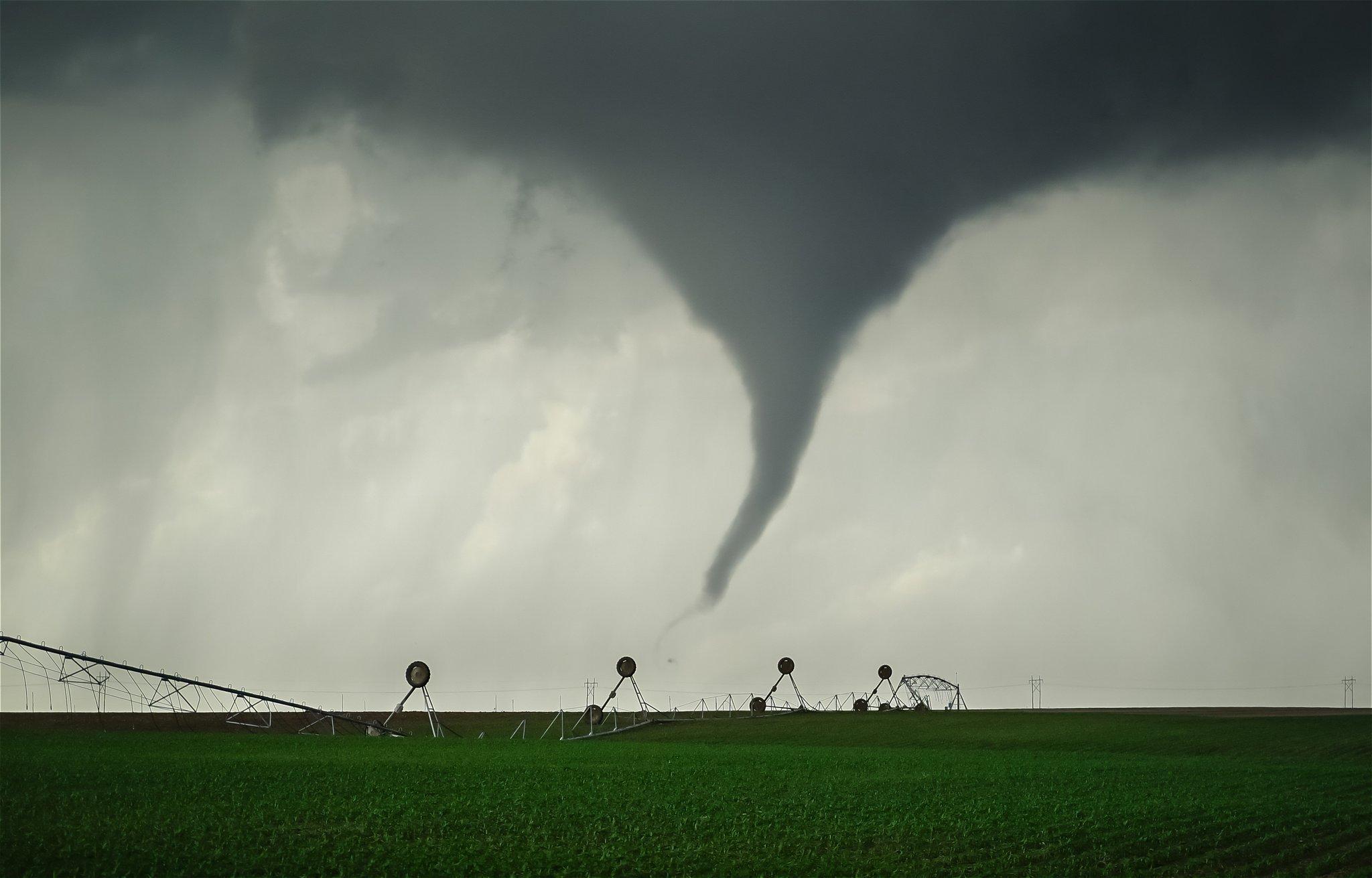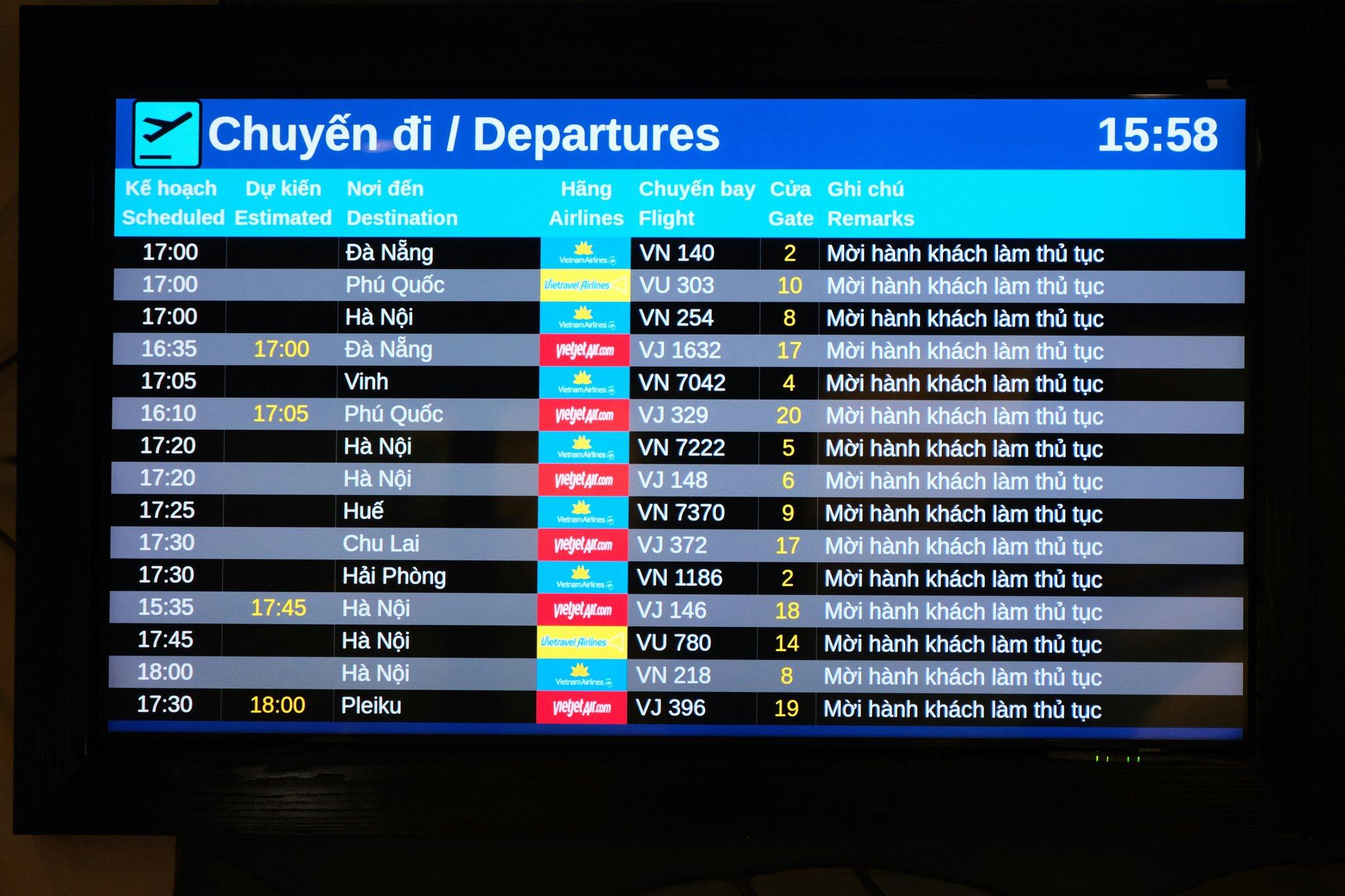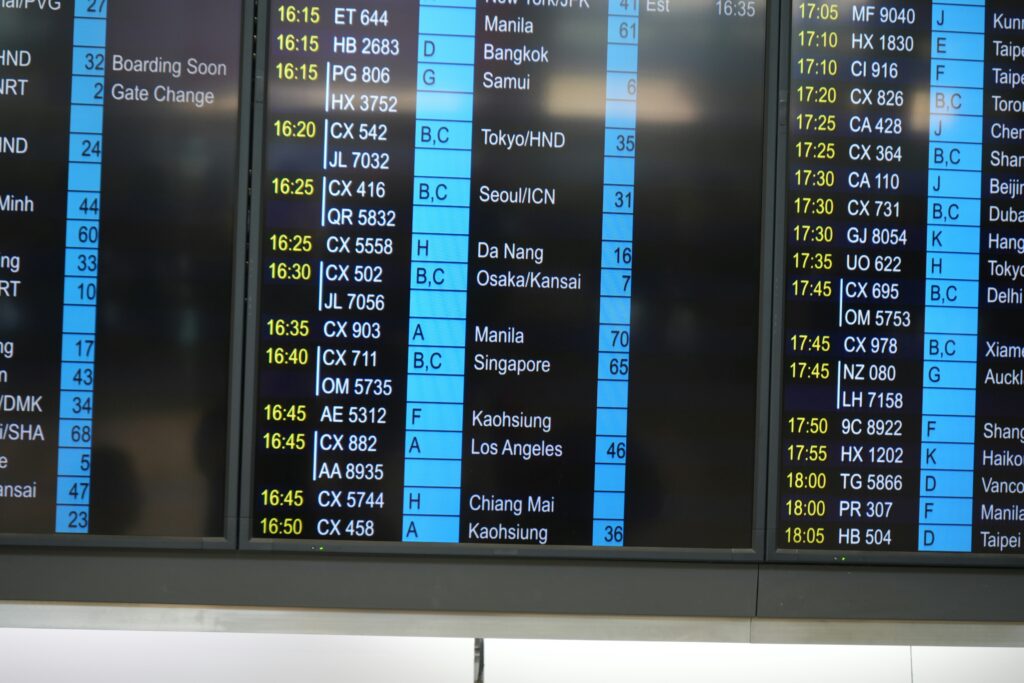Ever found yourself stranded at an airport because of a freak snowstorm, watching your travel dreams crumble like soggy pretzels? Yeah, us too. And guess what—travel delays caused by weather are more common than you think. In fact, according to recent data, nearly 30% of all flight delays globally are due to inclement weather conditions.
In this blog post, we’ll dive deep into “Weather Insurance Cost-Benefit,” exploring whether purchasing travel delay insurance specifically for weather-related issues is worth it. You’ll learn about the problem travelers face, actionable steps to evaluate coverage options, expert tips, real-life case studies, and answers to frequently asked questions. Buckle up—we’re taking off!
Table of Contents
- Key Takeaways
- The Problem: Why Weather Can Wreck Your Travel Plans
- Step-by-Step Guide: How to Evaluate Weather Insurance Options
- Tips & Best Practices for Maximizing Weather Insurance Benefits
- Examples: Real-World Case Studies
- FAQ: Common Questions About Weather Insurance Cost-Benefit
- Conclusion: Recap on Weather Insurance Value
Key Takeaways
- Weather-related delays account for nearly one-third of global flight disruptions.
- Travel delay insurance often covers expenses like meals, accommodations, and transportation during delays.
- Evaluating cost vs. benefit requires understanding policy limits, exclusions, and personal risk tolerance.
- Sometimes, “cheap” isn’t always better—comprehensive plans may save money in the long run.
- Avoid blindly trusting ads; read fine print before committing to any plan.
The Problem: Why Weather Can Wreck Your Travel Plans
Let me tell you a story that makes my palms sweat even now. A few years ago, I planned *the* perfect vacation—a tropical escape to Bali. Everything was set: resorts booked, excursions scheduled, Instagram captions ready to go. Then came Typhoon Hagibis. My flight out of Tokyo got delayed—not once, but twice. Not only did I miss my connection to Bali, but I also had to pay extra for last-minute hotel stays AND scrambled eggs priced higher than gold bars. Talk about a buzzkill.
This isn’t just my bad luck fairy acting up. According to the International Air Transport Association (IATA), airlines lose billions annually due to weather-induced cancellations and delays. For travelers, these disruptions mean wasted time, added stress, and unexpected costs. Enter weather insurance. But does its cost outweigh its benefits?

Optimist You: “Oh, surely this type of insurance has my back!”
Grumpy You: “Yeah… until you realize it doesn’t cover volcanic eruptions.” (*Cue sarcastic eye roll.*)
Step-by-Step Guide: How to Evaluate Weather Insurance Options
Step 1: Understand What’s Covered
Not all weather-related delays qualify for reimbursement. Most policies cover events like hurricanes, blizzards, or tornadoes—but not necessarily foggy mornings messing with your domestic flight schedule. Read the fine print carefully.
Step 2: Compare Coverage Limits
Policies vary widely. Some offer $50/day meal allowances while others cap reimbursements at $200 total. Ask yourself: Would this limit suffice based on your destination and typical spending habits?
Step 3: Check Exclusions
This step saved me later when I discovered most insurers exclude delays shorter than six hours. That random thunderstorm grounding your aircraft for four hours? Probably not covered. Bummer alert.

Tips & Best Practices for Maximizing Weather Insurance Benefits
- Buy Early: Many experts recommend buying insurance within 14-21 days after booking your trip to lock in additional perks.
- Bundle Wisely: Look for combined packages offering both medical and travel delay coverage—if applicable.
- Document Everything: Keep receipts, photos, boarding pass scans, etc., to streamline claims processing.
- Rant Alert: Avoid those “too good to be true” deals promising unlimited payouts. Spoiler: They’re lying. TRUST NO ONE WHO PROMISES UNLIMITED ANYTHING RELATED TO INSURANCE. This industry thrives on loopholes.
Examples: Real-World Case Studies
Jane Doe faced Hurricane Ian in Florida last year. Thanks to her robust travel delay policy, she recouped over $800 spent on alternative lodging and food during a five-day wait period. On the flip side, Joe Smith learned the hard way: His cheap plan excluded Category 4 storms. Result? He footed his own $1,200 hotel bill. Lesson learned!

FAQ: Common Questions About Weather Insurance Cost-Benefit
Q: How much does weather-specific travel delay insurance usually cost?
A: Prices range from $20-$100 depending on trip length, destination, and coverage level.
Q: Does standard travel insurance include weather protection?
A: Often yes, but specifics depend on the provider. Always double-check details.
Q: Can I cancel my trip entirely if severe weather threatens?
A: Only if your insurer explicitly offers “cancel for any reason” provisions.
Conclusion: Recap on Weather Insurance Value
So, here’s the deal: Investing in weather insurance isn’t mandatory, but it CAN provide peace of mind when Mother Nature throws tantrums. Weigh the pros (financial safety net) against cons (potential premiums wasted). Personally, I’d opt for moderate coverage rather than none—it’s cheaper than subsisting on airport vending machine snacks.
Remember our friend Jane? She walked away smiling despite hurricane chaos. Be like Jane.
Cheers to safer travels,
Your quirky-but-wise travel advisor 😎🍹
P.S. Like Pikachu needing Ash, your travel adventures need smart backup plans. 🎵🎵🎵


